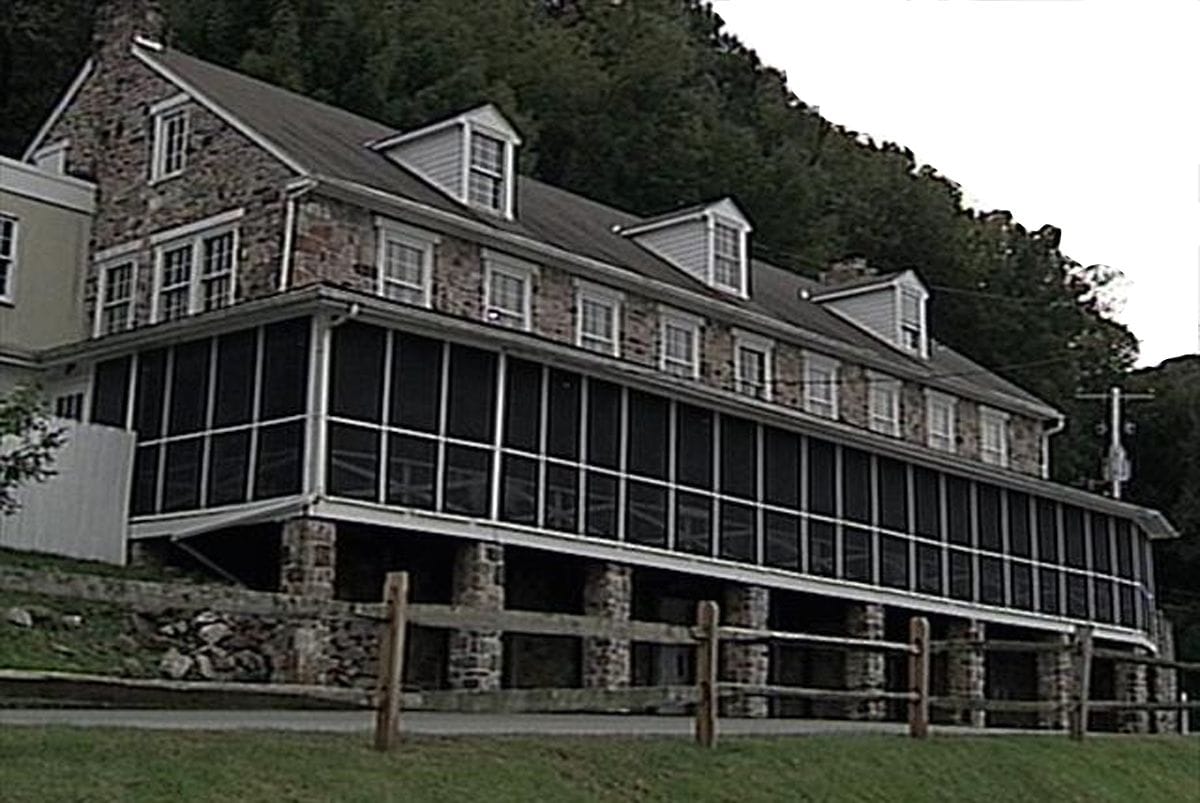Tucked away on Virginia’s Eastern Shore, where the Chesapeake Bay meets the Atlantic, lies the charming town of Accomac. A place where history whispers on the salty breeze, blending seamlessly with the relaxed rhythm of coastal life. From its Native American roots to its role as one of Virginia’s first counties, Accomac has a captivating story to tell. Join us as we uncover the hidden treasures and timeless allure of Accomac and its surrounding area, exploring the towns, people, and landscapes that define this unique corner of the Mid-Atlantic.
Accomac: A Town and County Rich in History
Accomack County, established in 1634 as one of Virginia’s original eight shires, holds a captivating history. Imagine a place nestled between the vast Chesapeake Bay and the rolling Atlantic, a slender stretch of land known as the Eastern Shore. This remarkable location, part of the Delmarva Peninsula, boasts a unique blend of historical significance and natural beauty. The county seat’s journey to its present location in the town of Accomac is a story in itself, having originally been situated near Eastville.
At the heart of Accomack County lies the quaint town of Accomac, a close-knit community of around 500 residents. Covering less than half a square mile, Accomac offers a refreshing respite from the demands of modern life. It’s a place where time seems to slow down, allowing visitors to savor the simple pleasures of coastal living.
Long before counties and towns existed, the Accomac people, a Native American tribe, called this land their home. Their history is deeply woven into the very fabric of the Eastern Shore. Exploring their story enriches our understanding of the region’s heritage and provides a deeper appreciation for the enduring connection between people and place.
Accomack County shares the Eastern Shore with its neighbor, Northampton County. Like two pieces of the same puzzle, each possesses a unique character that contributes to this coastal region’s rich tapestry. Exploring their distinct personalities reveals a more comprehensive picture of the Eastern Shore.
Accomack is more than just a history lesson; it’s a vibrant community waiting to be discovered. From indulging in local cuisine to browsing unique shops and participating in lively festivals, experiencing Accomac firsthand brings the town’s history and culture to life.
Plan Your Visit to Accomac
| Detail | Information |
|---|---|
| Location | 37°43′7″N 75°40′2″W |
| Zip Code | 23301 |
| Area Code | 757 |
| Local Phone Exchange | 787 |
| School District | Accomack County Public Schools |
| Official Website | (removed as requested) |
Unraveling the Meaning of “Accomac”
The name “Accomac” echoes with history, whispering tales of Native American heritage and the ever-present Chesapeake Bay. Derived from the Native American word “Accawmacke,” meaning “on the other side of the water place,” it vividly depicts the Eastern Shore’s location across the bay. For the Accawmack tribe, the original inhabitants, the name likely held even deeper significance, representing their profound connection to the water and the land.
In 1634, Accomac Shire, one of Virginia’s original eight, was established. Just eight years later, the name briefly changed to Northampton, raising questions about the political and social dynamics of the time. The name reverted to Accomac in 1663 when the original shire was divided into Accomack and Northampton Counties.
The town of Accomac, initially known as Matompkin, adopted the county’s name in the 1690s when the county court relocated to John Cole’s house, the present site of the town. Today, “Accomac” stands as a testament to the region’s rich history and the enduring influence of the Chesapeake Bay.
Exploring the Towns of Accomack County
Fourteen distinct towns dot the landscape of Accomack County, each offering a unique glimpse into the Eastern Shore’s diverse character. From the bustling energy of Chincoteague Island, renowned for its annual Pony Swim, to the tranquil charm of historic Onancock, there’s a destination to suit every taste.
Chincoteague Island, the county’s largest town, captivates visitors with its wild ponies, pristine beaches, and vibrant arts scene. Onancock, on the other hand, invites a slower pace, offering a chance to explore beautifully preserved Colonial architecture, antique shops, and cozy cafes.
Smaller communities like Parksley, Tangier Island, and Belle Haven each contribute to the county’s rich tapestry. Tangier Island, situated on a shrinking island in the Chesapeake Bay, stands out with its unique dialect, strong community bonds, and a culture deeply rooted in the water. Its uncertain future adds a poignant note to its enduring appeal.
These diverse communities are united by a shared appreciation for the Eastern Shore’s natural beauty, from the expansive Chesapeake Bay to the windswept Atlantic beaches. The region’s economy, a blend of traditional farming and seafood harvesting alongside modern poultry processing, reflects the interplay between past and present.
A Deeper Dive into Accomack County’s History
Accomack County’s history is deeply intertwined with its geography and the people who have shaped its identity. The county’s name, derived from the indigenous Accomac people, reflects its location on the Delmarva Peninsula, separated from the mainland by water. This geographic isolation fostered a distinct culture and self-reliant spirit among its residents.
Established in 1634 as one of Virginia’s original eight shires, Accomack initially encompassed a larger area. The division in 1663, possibly due to population growth or differing political and economic viewpoints, marked a pivotal moment in the county’s development.
Religious diversity emerged early on with the arrival of Presbyterian minister Francis Makemie in the late 17th century. His presence diversified the religious landscape and likely contributed to a more tolerant society.
The town of Accomack, originally Matompkin, evolved over time, its name changes reflecting the region’s shifting demographics and influences. As the county seat, Accomack stands as a testament to the area’s rich and multifaceted history.
While much is known about Accomack County’s past, ongoing research continues to uncover new insights. Archaeological investigations may reveal more about the Accomac tribe, and further study might clarify the reasons for the 1663 shire division. This continuous exploration ensures that our understanding of Accomack County’s history remains dynamic and ever-evolving.
For those interested in exploring legal matters and court proceedings, resources like the bmc courthouse boston ma and the beltrami county court calendar offer valuable information.
- Unlock Water’s Symbolism: A Cross-Cultural Exploration - April 20, 2025
- Identify Black and White Snakes: Venomous or Harmless? - April 20, 2025
- Unlocking Potential: Origins High School’s NYC Story - April 20, 2025















